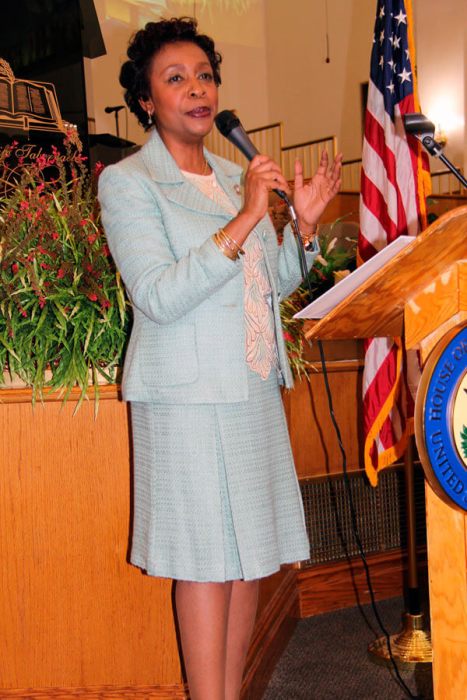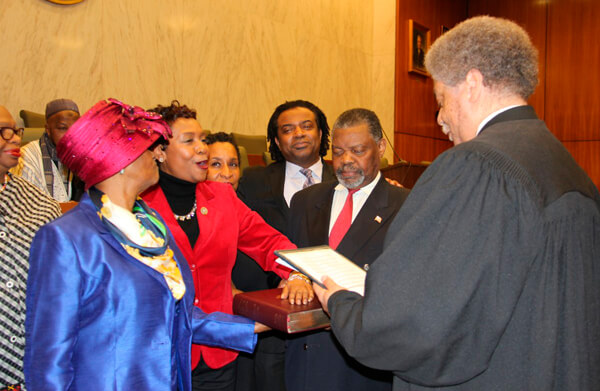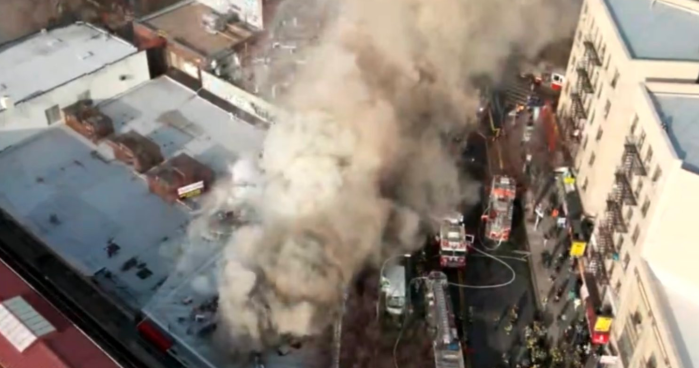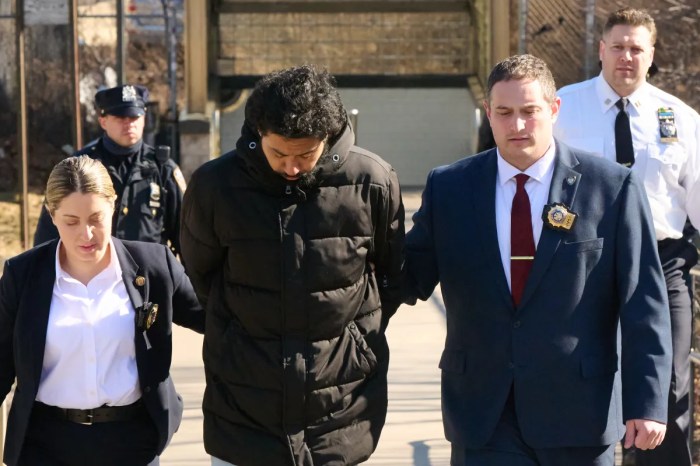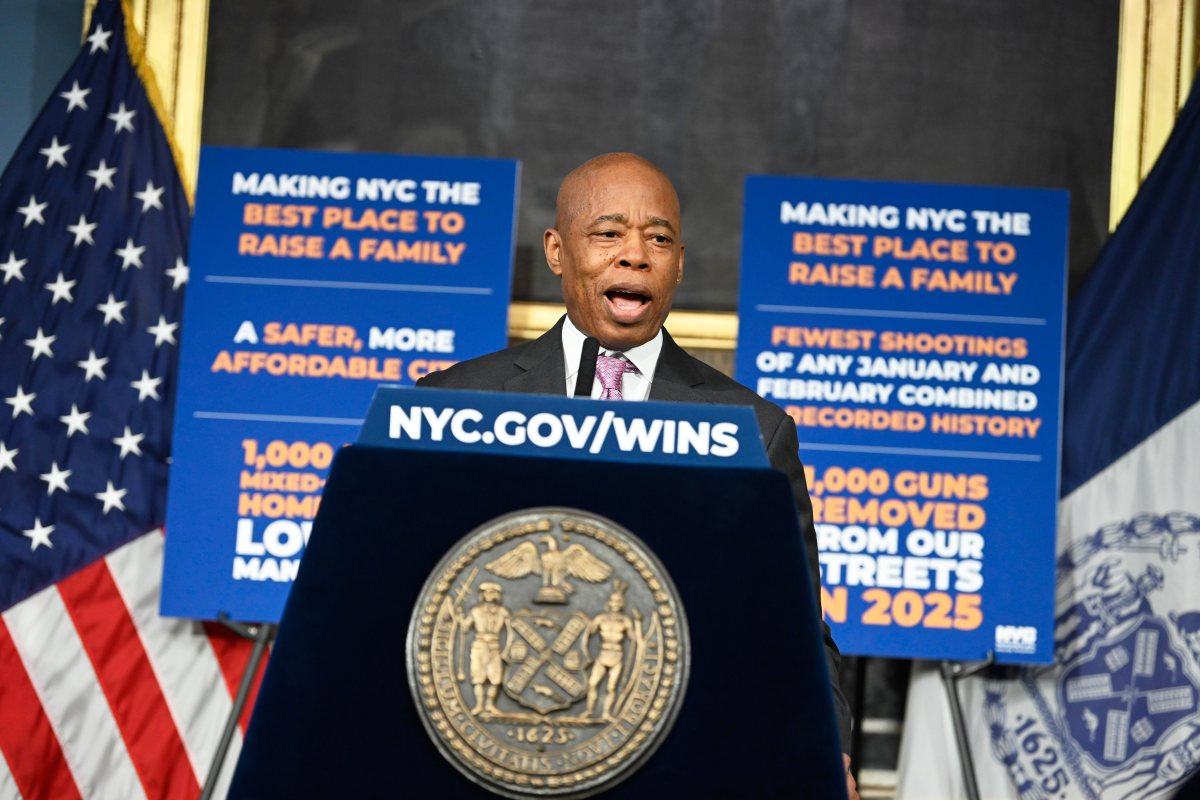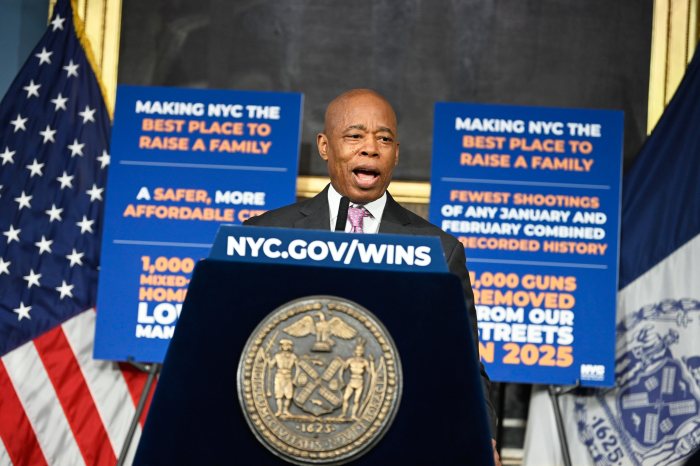Caribbean-American Democratic Congresswoman, Yvette D. Clarke on Wednesday expressed deep concern over the preliminary draft New York Congressional map that was released on Monday by a court-appointed, neutral special master tasked with redrawing New York’s Congressional and state Senate district maps.
The preliminary draft comes after a Steuben County judge ruled that the states originally submitted maps were unconstitutional.
Clarke, the daughter of Jamaican immigrants, who represents the 9th Congressional District in Brooklyn, noted that, as an appointee of Judge Patrick McCalluster of Steuben County, Special Master Jonathan R. Cervas was tasked with drawing new congressional district boundaries in New York State that “reflect free and fair election rules, laws and statutes.”
“The state of New York has been clear about its mission to keep communities of interest together through the redistricting process, and the newly proposed map disregards that objective entirely,” Clarke told Caribbean Life. “Article III, section 5 of the constitution of the state of New York clearly states that ‘districts shall not be drawn to have the purpose of, nor shall they result in, the denial or abridgement of racial or language minority voting rights’ and that ‘maintenance of cores of existing districts […] including communities of interest’ must be considered.”
Based on the preliminary draft, Clarke said one community of interest that has been fractured is the Tilden Public Housing Development in Brownsville.
She said this development provides affordable housing for some of the most vulnerable in the congressional district.
“What principle of fairness, neutrality, or logic could possibly justify the splitting of the Tilden Public Housing Development across two congressional districts?” the congresswoman asked. “Maintaining the cores of our existing districts is an important factor in New York law with respect to redistricting.
“I currently represent one of the most diverse constituencies in the nation that is also home to multiple communities of interest. However, this map cracks the core and the foundation of New York’s 9th District,” she added.
Clarke pointed to a recent article in which Susan Lerner, executive director of Common Cause NY stated, “[the current drawing of the congressional map] divides communities of interest and neighborhoods, particularly in New York City and Brooklyn, and ignores the core of existing congressional districts.”
“This divide is not just unconscionable and erroneous, it’s unconstitutional,” Clarke declared. “The historic nature of Central Brooklyn Congressional Districts is well known throughout New York City, New York State and indeed across our great nation. As proposed, this map cracks the historic neighborhoods of Crown Heights, Bedford-Stuyvesant and Clinton Hill, seemingly at random.
“Furthermore, it is well known that Bed-Stuy was once divided in the mid 1960’s, which led to a lawsuit to ensure their voting rights were not denied or abridged to ensure the community had equal opportunity to participate in the political process,” she added. “The cracking of this district is a regressive action that dismisses precedent for this community.
“This proposal harkens back to an era in our nation where laws were designed to limit minority representation in our democracy,” Clarke continued. “The practice of ‘cracking’ or diluting the voting power of historically oppressed communities was shameful when carried out by avowed racists in positions of power in previous decades and extremely disappointing when enabled by an out of state, unelected consultant today.”
Whatever the intention, the congresswoman said the draft proposal “substantially weakens the political power of the minority communities in these areas.
“The draft New York Congressional maps, if left unchanged, does not protect and preserve communities of interest,” she said. “I am highly concerned that this map will in effect disenfranchise the power of the constituency of the 9th Congressional district, and I strongly recommend that Special Master Johnathan R. Cervas revisit the draft map and keep these historic communities intact.”



